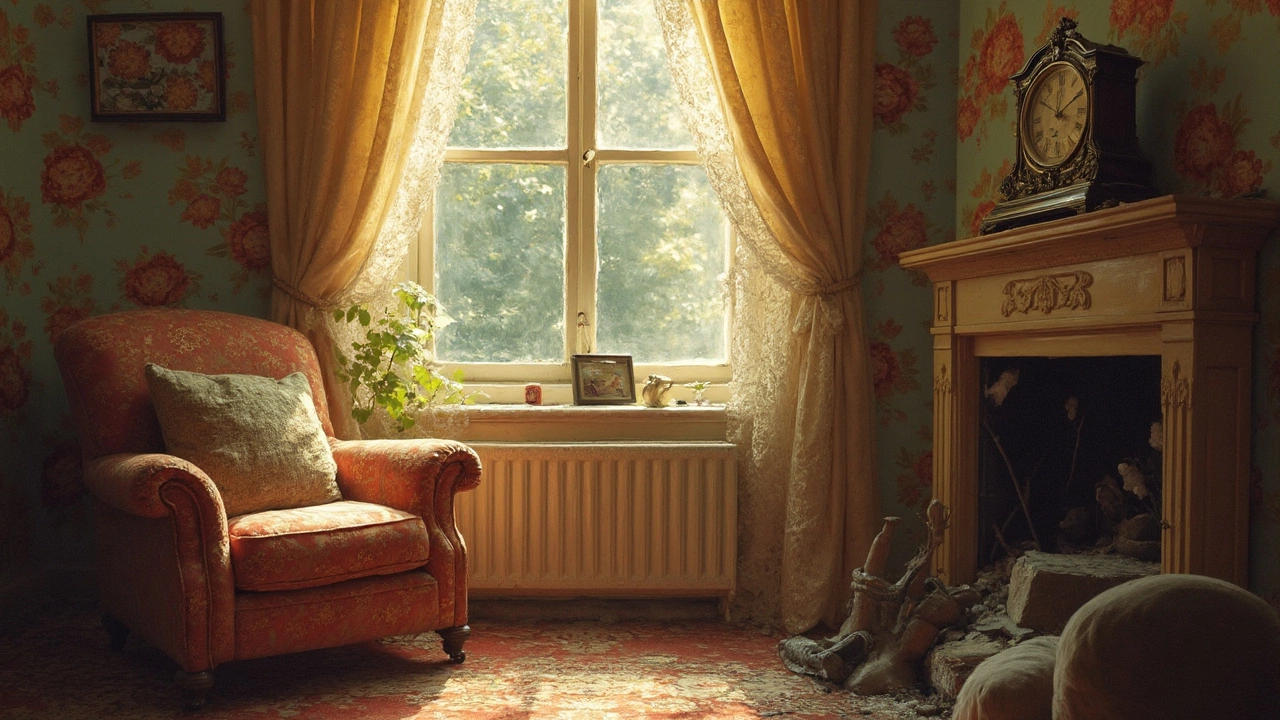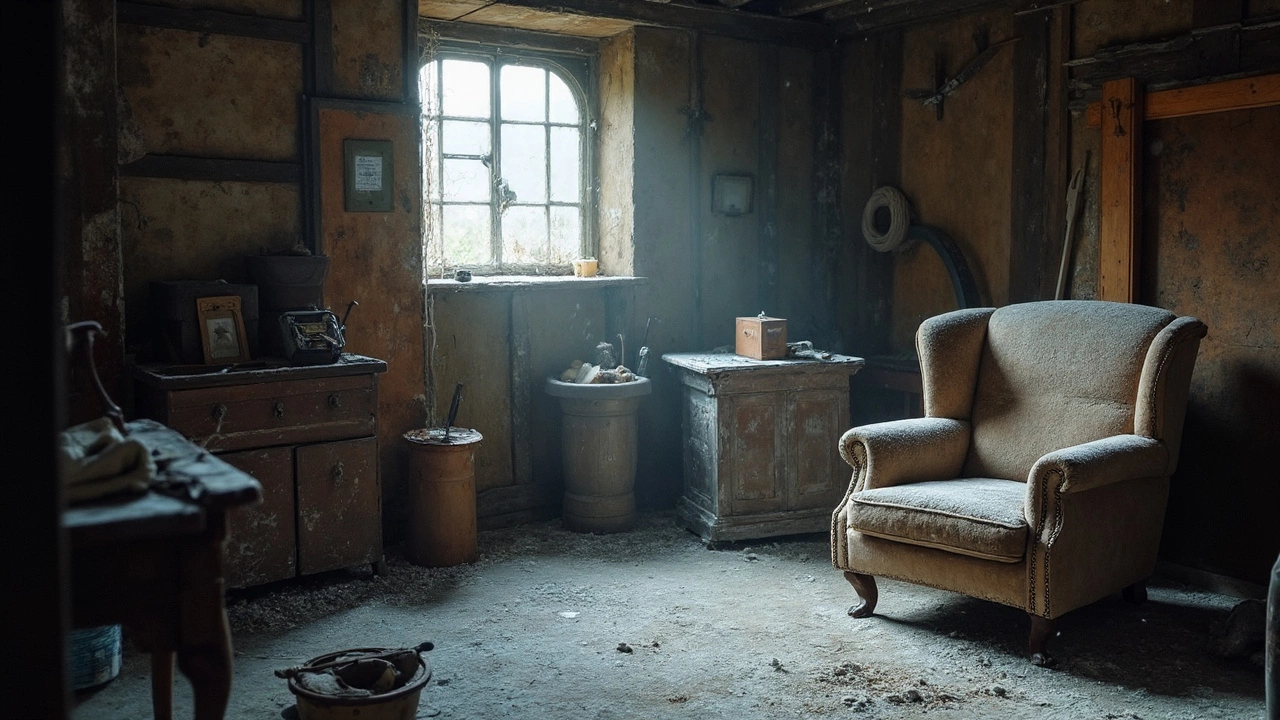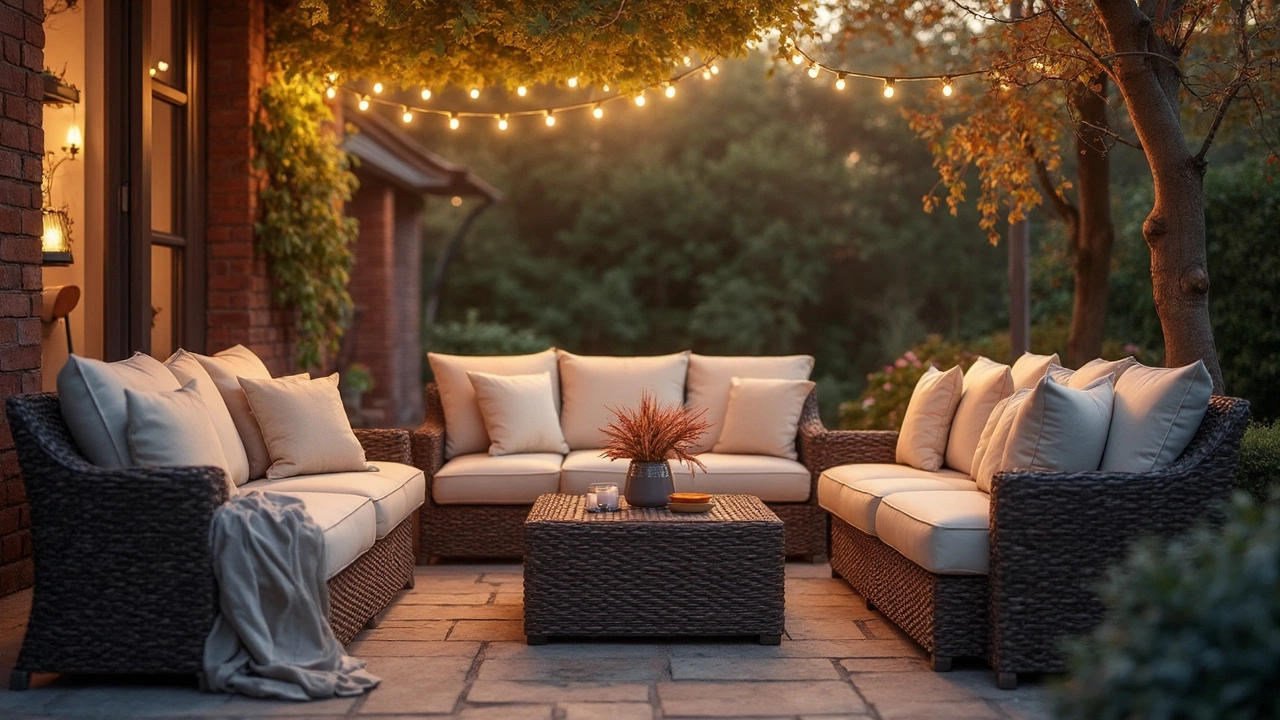Furniture Care: Simple Steps for Everyday Longevity
Ever wonder why some sofas look brand new after years while others lose their shine fast? The difference is usually how we treat them day to day. Below are no‑nonsense tips that keep wood, metal, leather, and upholstery looking fresh without spending a fortune.
Everyday Cleaning Hacks
Start with a dry microfiber cloth. A quick swipe removes dust before it settles into fibers or finishes. For wood tables, add a dab of natural oil (like walnut) once a month – it fills tiny scratches and restores shine. Avoid harsh chemicals; a mix of warm water and a few drops of mild dish soap works fine for most surfaces.
If you have a fabric couch, vacuum the cushions every week. Use the upholstery attachment and go over seams and crevices. Spot stains right away: blot (don’t rub) with a cloth soaked in equal parts water and white vinegar. Test this on a hidden spot first to make sure the color doesn’t bleed.
Leather chairs need a different approach. Wipe with a slightly damp cloth, then condition with a leather‑specific balm once a quarter. This prevents cracking and keeps the material supple, especially in dry homes.
Protecting Different Materials
Wood is porous, so place coasters under drinks and use felt pads under lamps. Sunlight can fade finishes, so turn furniture away from direct windows or use sheer curtains. For metal frames, a quick wipe with a dry cloth removes moisture that could cause rust. If you notice spots, polish with a light oil.Upholstered pieces benefit from rotating cushions every few months. This spreads wear evenly and stops one side from flattening. When moving a sofa, slide a blanket underneath to avoid dragging the fabric across the floor.
Rugs and floor mats should sit under coffee tables and side tables. They catch spills and protect the bottom of the furniture. Vacuum the rug often, and shake out small mats outside to keep dirt from grinding into the legs.
Finally, schedule a deeper clean twice a year. For wood, use a dedicated cleaner and polish. For fabric, consider a professional steam clean or a DIY foam cleaner you can rent. This routine removes hidden grime and extends the life of your pieces.
By adding these quick habits to your weekly routine, you’ll notice less wear, fewer stains, and a room that feels fresh every time you walk in. Remember: a little care today saves big repairs tomorrow.
Should I Throw Out Moldy Furniture?
Moldy furniture can be a headache for any homeowner. Discover when tossing out affected pieces is necessary and learn tips for effectively dealing with mold. Making informed decisions about your furniture can save money and safeguard your health and home. This article provides practical advice and considerations before you decide whether to discard or clean moldy furniture.
MoreStoring Furniture in a Cold Garage: What You Need to Know
Storing furniture in a cold garage can be a space saver but comes with challenges. Cold temperatures can affect the condition of your furniture, particularly with materials like wood and upholstery. Understanding the risks and taking preventative measures can help maintain the quality of your items. Simple DIY solutions and proper preparation can make a world of difference. Equip yourself with the right knowledge to ensure your stored furniture stays in tip-top shape.
MoreShould You Cover Patio Furniture Every Night?
Wondering if you should cover your patio furniture every night? This article explores the practicality and benefits of covering outdoor furniture regularly. Discover how weather conditions, material types, and personal preferences can influence your decision. Learn about protective measures that can extend the life of your furniture and keep it looking its best. Get practical tips on how to make covering a simple part of your routine.
MoreChoosing the Most Durable Fabric for Your Sofa: Expert Insights
Selecting the right fabric for your sofa is crucial to ensuring its longevity and appearance. Some fabrics not only withstand daily wear and tear but also resist stains and fading. This guide delves into the most durable options available, highlighting their unique properties and suitability for different lifestyles. By understanding these qualities, you'll be equipped to make an informed decision that enhances the comfort and style of your living room.
More



